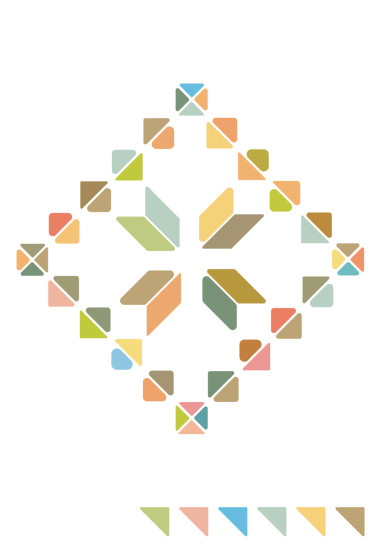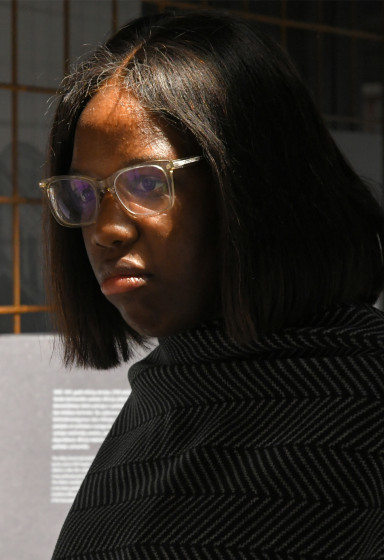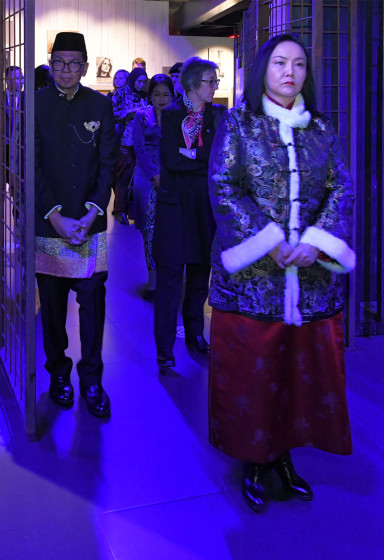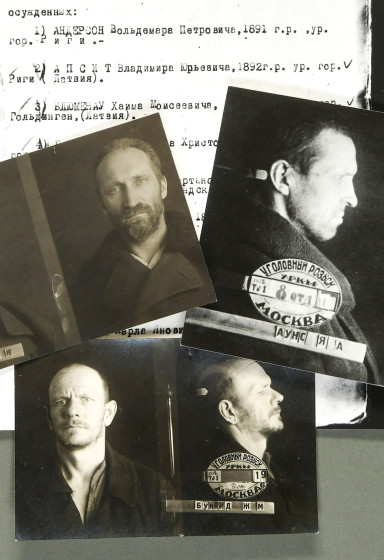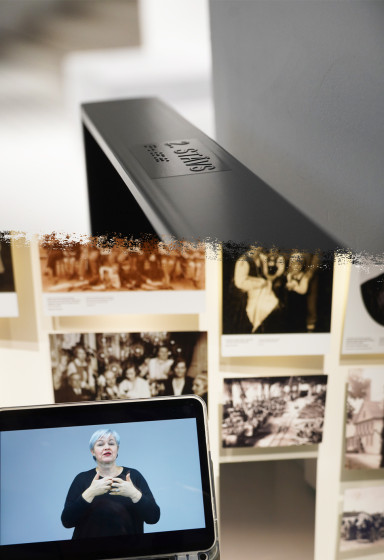Donate to Museum
Each donation helps to ensure the Museum's activities, allowing it to function and provide information for people from all over the world.
The Museum is grateful to each donor and invites everyone to contribute.
Elvīra Sebris memories about the deportation on 25 March 1949

The Museum of the Occupation of Latvia remembers the mass deportation of 25 March 1949 and welcomes visitors to look into the Museum’s Collection.
Elvīra Sebris tells about the deportation on 25 March 1949 as she remembers.
On 25 March 1949, the second Soviet mass deportation took place in Latvia. This deportation was aimed at those who resisted the imposed politics and changes. Wealthy landowners called “khulaks” and their families were deported. It was enough to own 10 ha of land to be called a “khulak”. Other people – national partisans – who resisted the Soviet regime were also deported. National partisans resisted until 1957. The deportation on 25 March 1949 was used to stop the resistance and to hasten the formation of collective farms – the so called “kolhozs”.
The deportation resolution was passed by the USSR Council of Ministers in Moscow on 29 January 1949. The Latvian SSR Council of Ministers passed the same decree on 17 March 1949. At the same time deportations took place in all three Baltic States. From Estonia 21 000 people were deported, from Lithuania 32 000 and from Latvia more than 42 000 people or 2.2 % of the population were deported. 94.5 % of the deported were ethnic Latvians, other larger ethnic groups were Russians, Poles, and Belarussians in about the same proportions.
On 25 March 1949, eleven-year-old Elvīra Sebris (born 31 December 1938) was deported from Latvia. The Sebris family: father Eduards Sebris (1899–1946), mother Zenta (1906–1953), and their three children Elmārs (1928–1970), Jānis (1932–1961), and Elvīra lived in their family home “Zelleņi” in Sinole. Elvīra, her brother Jānis, and their mother Zenta were deported to the Tomsk Oblast. Elvīra’s brother Elmārs was saved from deportation because he was out of town.
Elvīra’s memories regarding the trip from Latvia:
“At first there were guarded horse carriages to the Gulbene railroad station, then locked cattle carts to Tomsk camp where we slept on the ground in barracks…All the children, like me, were sitting like scared chicks, in the dark, on the bunks of the wagon. And so, we watched, with wide eyes, what the grownups would do. And, I also remember that, when we crossed the border, we sang; the whole wagon sang.”
Deported families did not have it easy in the new environment. Many families had to exchange items they had brought with them for food. Also the Sebris family had to do it.
“It was spring. The Russian families did not have products to sell. What little was brought from home for the trip was spent and eaten… We had to buy a bucket of potatoes and to plant some potato peels because we needed to think about the next winter. So mother gave away her overcoat, then pocket watch, and her marriage ring.”
As a child, Elvīra Sebris witnessed the harsh reality of the forced resettlement. Although it is hard to imagine, but children had to work at the same jobs as their parents. Elvīra had to tend cattle and work in the fields. She did so to help her mother who became ill. Jānis Sebris, being older and a man, was sent to a forest to fell trees and chop wood.
“That spring she [mother] still herded those sheep along the Taiga [river], along those Taiga meadows, and I also went, after school, to help her.”
Elvīra Sebris went to school in the settlement. School was obligatory, it was a seven-grade school. But the road to and from school was difficult. Elvīra recalls the day when she had to take her grade six exams.
“It was May 28, I remember, when we came to the Tarsk house. Then we had walked those first 10 kilometres…”
Work and study were not the only things that Elvīra Sebris and her family had to endure. In 1953 after school exams, returning home Elvīra saw that her mother was being taken away. After a couple of days, her mother died from tuberculosis.
“Fifty years have passed, but I still see her face, her eyes. And, I walked over and she pressed into my palm a hunk of bread that she had taken with her for the trip. Well, and then we, I was slicing those potatoes when my brother came in and he leaned against the wall and began to cry loudly. Then, I realized what had happened. It was June 1, when mother had already [died]. And the diagnosis was rapid tuberculosis.”
The release of the deported started in 1954. Children up to the age of 16 were released first. Elvīra Sebris was released in 1955. After returning to Latvia she had to resume school in Gulbene. As she had returned during the school year, she had some problems resuming learning. But she managed to pass her exams. What she had witnessed and felt during the forced settlement stayed with Elvīra Sebris her whole life.

Opening of the Mālmuiža seven-year school 1928. Third row third from the left Zenta Sebre. Forth row second from the left Eduards Sebris.

Christening of Elmārs Sebris 28 June 1948 in the Sebris’ family home “Zelleņi”
First row third from the right Elvīra Sebris
Second row fifth from the left Elmārs Sebris (with flowers)
Last row third from the right Jānis Sebris

Deported women in the Tomsk Oblast. 1955. Second from the left Elvīra Sebris.

Tomsk 1955. Novikov seven-year school. Sixth grade students.
First row first from the left Elvīra Sebris.

Jānis Sebris in Omelich 1954.

Latvians working in a forest in Omelich.
From the left: Jānis Salaks, Guna Baltiņa, Jānis Sebris.
